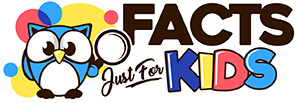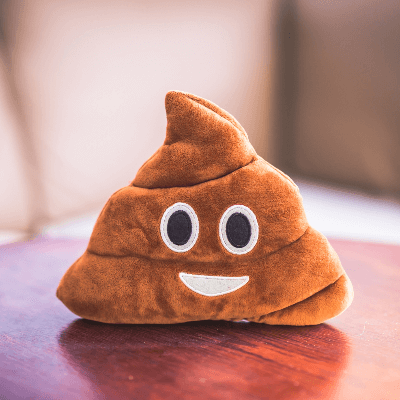
- Name: Poop (Solid or semisold material)
- Alternate Name: Feces, stool or human waste
- Produced by: The digestive system
- Produced in: Small intestines and large intestines
- Stored in: Rectum
- Purpose: Removal of waste from the body
24 Poop Facts for Kids
- Poop is the waste material left over from the human digestive system.
- In medicine, doctors commonly refer to poop as feces or stool.
- Poop can be a solid, semisolid or liquid.
- Human poop and urine are known collectively as human waste.
- The composition of poop is the food your body didn’t digest, metabolic waste and dead cells from the lining of your gut.
- The process of pooping is known as having a bowl movement.
- Food waste is stored in the rectum after being processed in the small and large intestines.
- As the rectum fills up with poop, receptors inside it stimulate you to have the urge to poop.
- According to medical literature, there are seven types of poop.
- The seven types of poop are separate hard lumps (like nuts), sausage-shaped (lumpy), like a sausage but with cracks on the surface, like a sausage or snake (smooth and soft), soft blobs with clear-cut edges, fluffy pieces with ragged edges (mushy) and watery (no solid pieces).
- The first two types of poop, separate hard lumps (like nuts) and sausage-shaped (lumpy), are a sign of constipation.
- Constipation can cause pain in your lower abdomen and/or produce pain while having a bowl movement.
- The third and fourth types of poop, like a sausage but with cracks on the surface and like a sausage or snake (smooth and soft) are considered optimal types of poop and provide the best bowl movements.
- The remaining three types of poop, soft blobs with clear-cut edges, fluffy pieces with ragged edges (mushy) and watery (no solid pieces) are considered as diarrhea or very loose poop.
- Diarrhea over long periods of time can dehydrate you and create a dangerous imbalance of electrolytes in your system.
- Human poop can come in a wide variety of colors, including but not limited to brown, green, red and yellow.
- Brown poop is the most common color and the shade of brown varies by diet.
- Green poop is caused by big amounts of unprocessed bile or dyes in food.
- Red poop is caused by undigested blood is the upper or lower digestive tract, people with red poop should see a doctor.
- Yellow poop is caused by food rapidly passing through the digestive tract, a parasite or a person who has a condition known as Gilbert’s Syndrome.
- The odor produced by poop varies and is based on your diet.
- The smell of poop can range from having no smell at all to an extremely foul smell.
- Human poop can be used as fertilizer but poses many health risks and isn’t recommended.
- Poop can be transplanted (Fecal bacteriotherapy) from one human to another to help cure or reduce systems of several different diseases, like irritable bowel syndrome (IBS).
Pictures of Toliets for Pooping
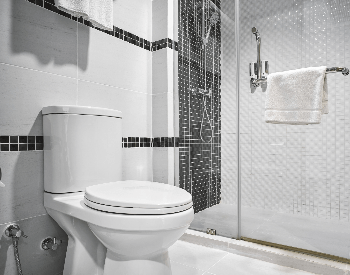
A picture of a toliet used for pooping and peeing.Credit: Ghetty Images
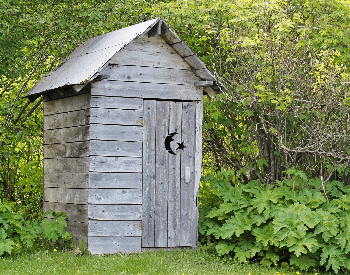
A picture of an outhouse used for pooping and peeing.Credit: Ghetty Images
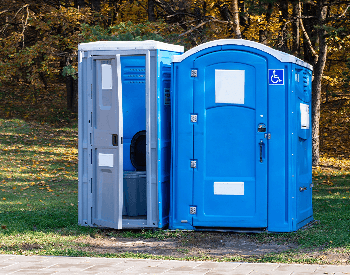
A picture of a portable toliet used for pooping and peeing.Credit: Ghetty Images
Additional Resources on Human Poop
- Bowel Movement – Learn about bowl movements and poop on the MedlinePlus website.
- Let’s Talk About Poop – A great articles on the Seattle Children’s Hospital website that discusses poop.
- Feces – Explore the Wikipedia website to learn more about feces (poop).
